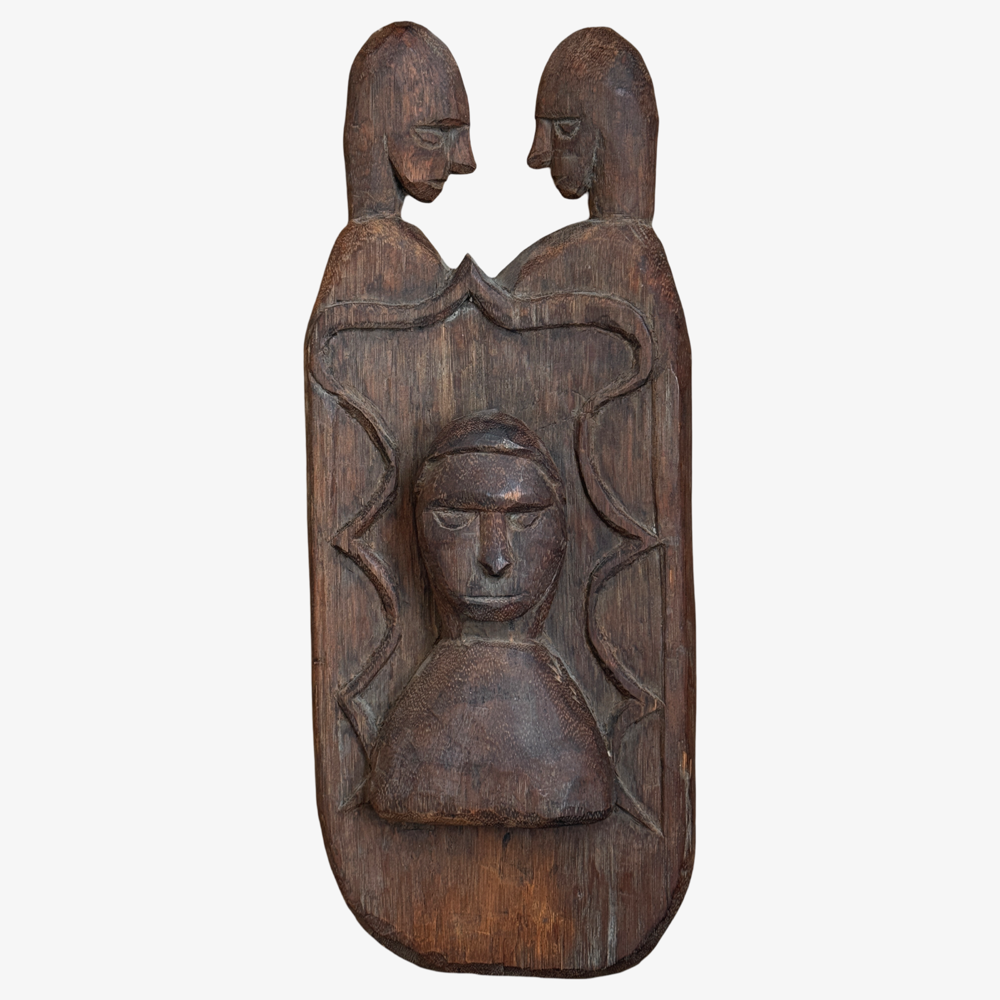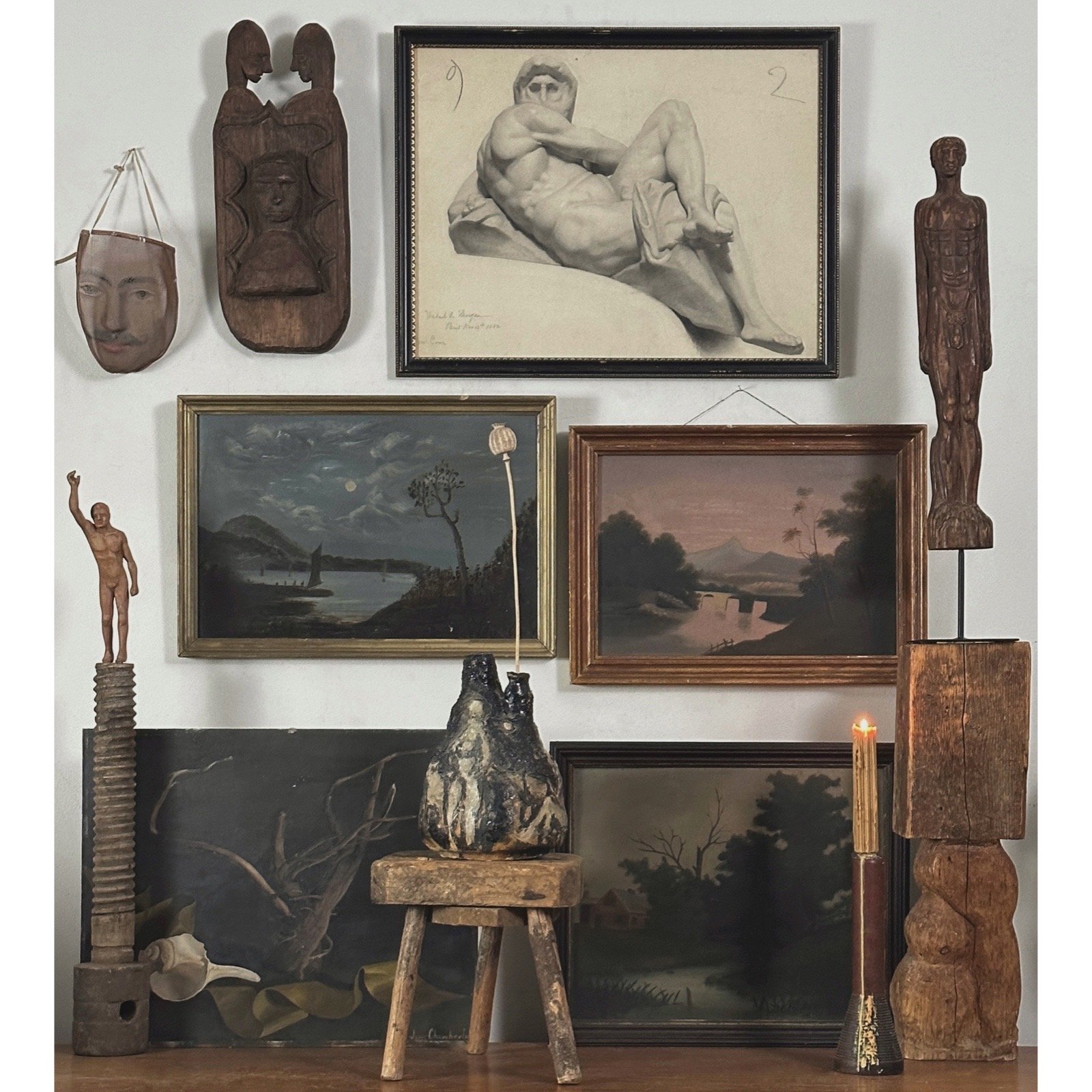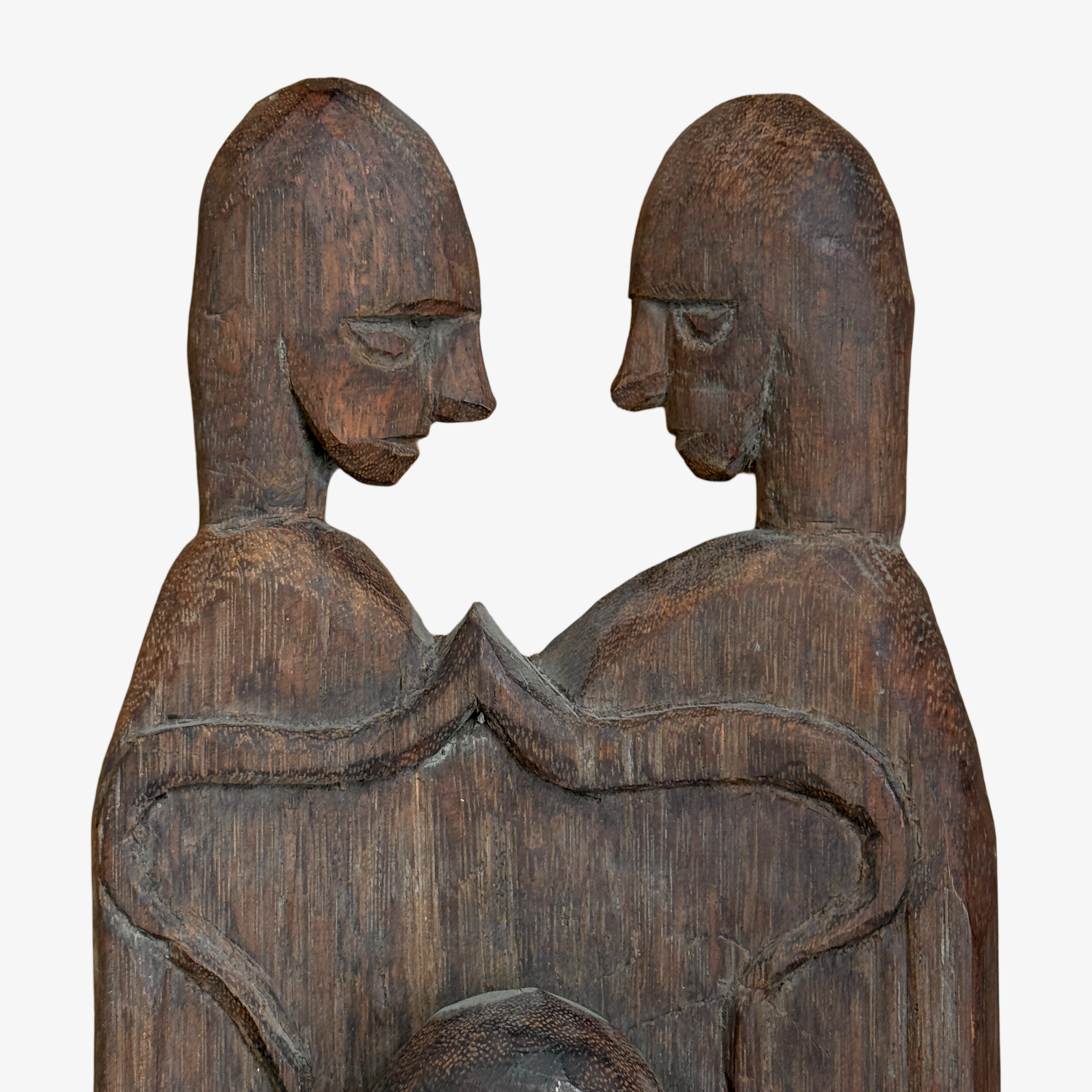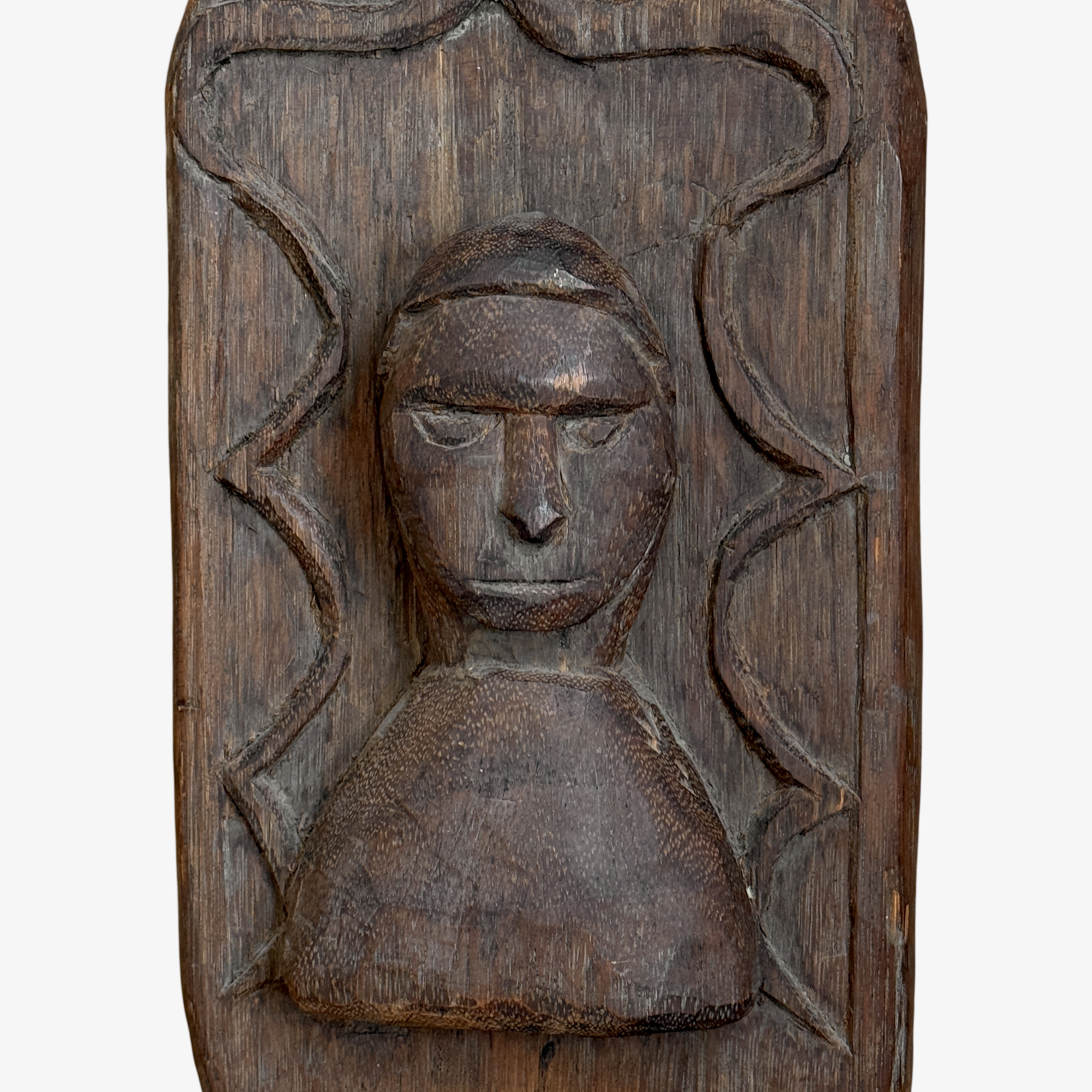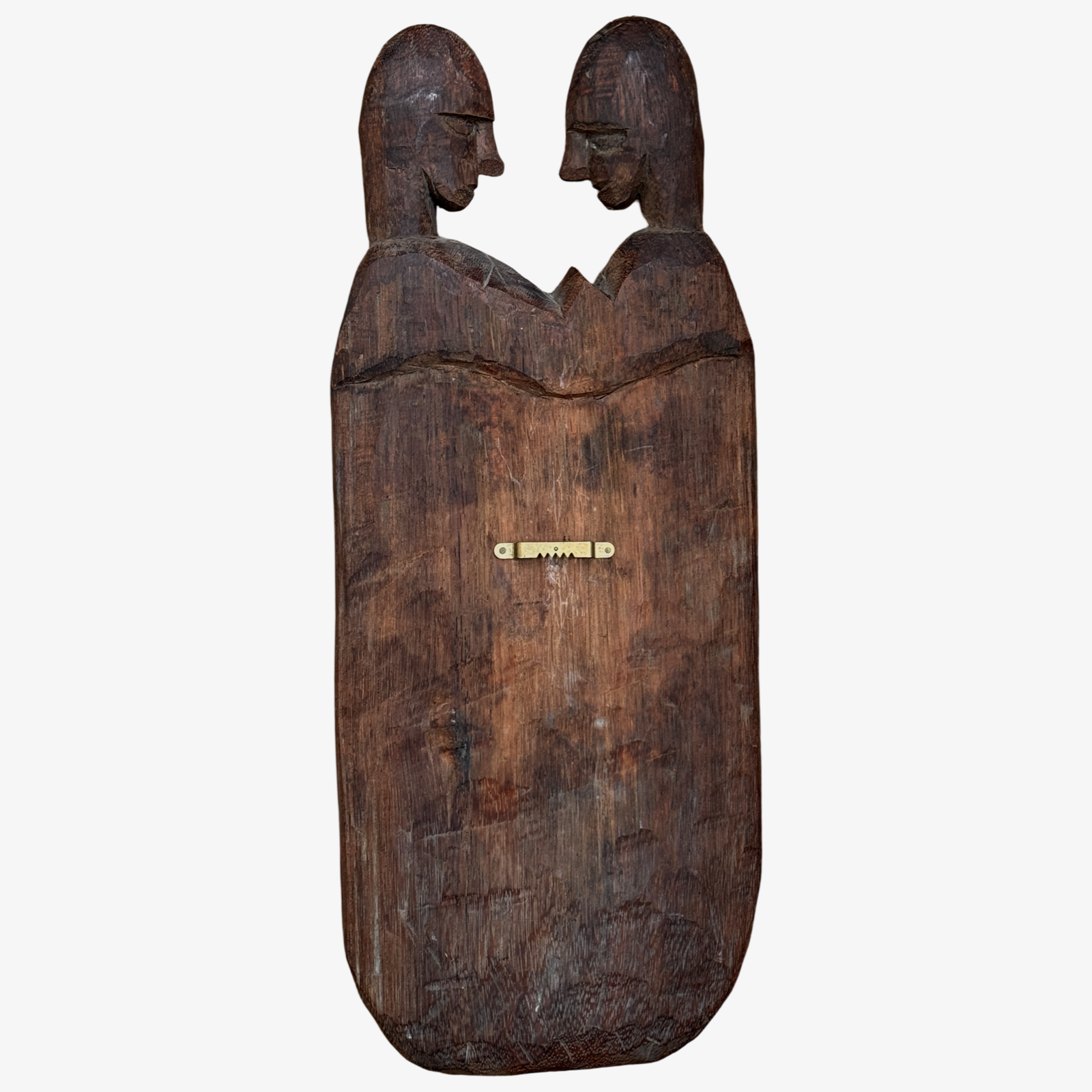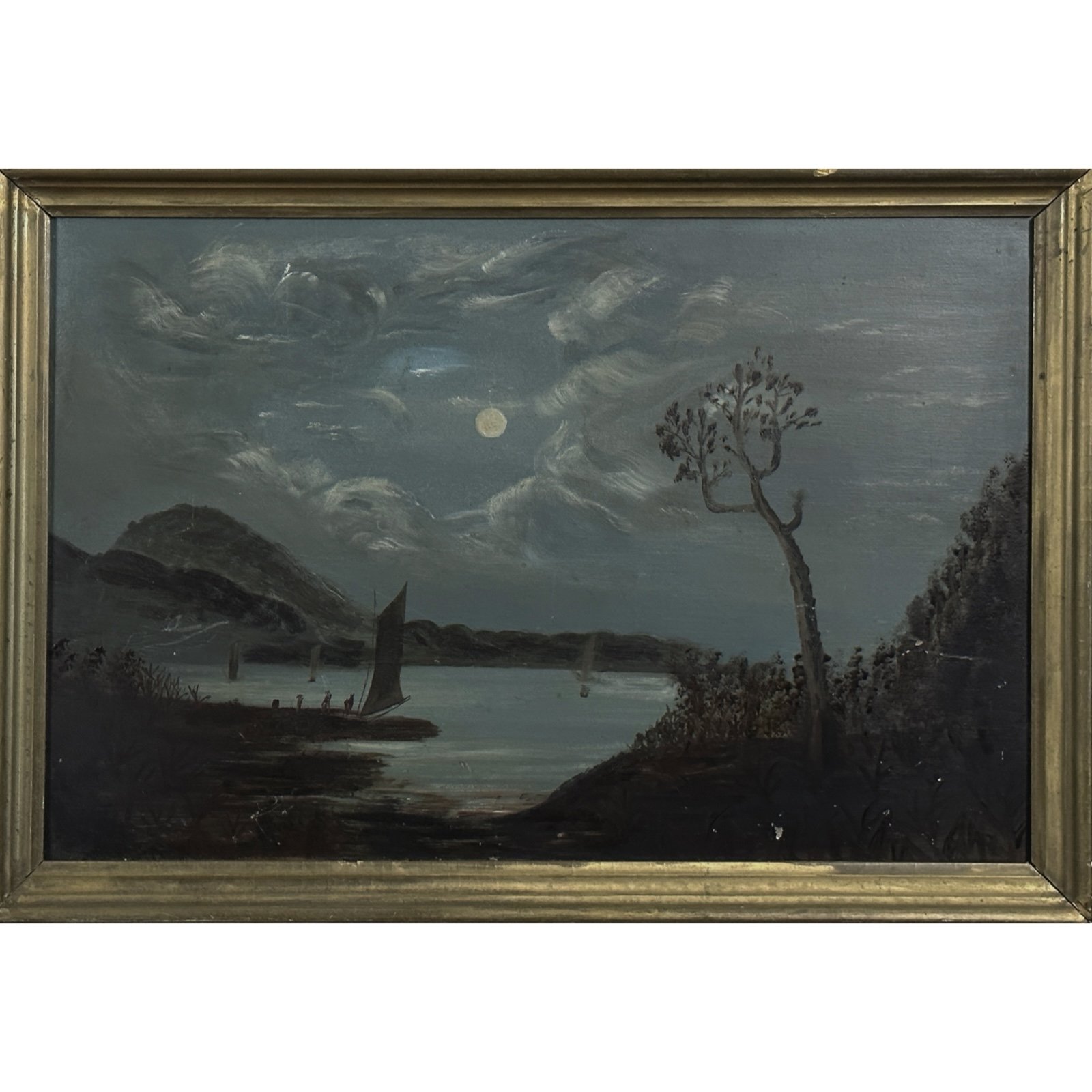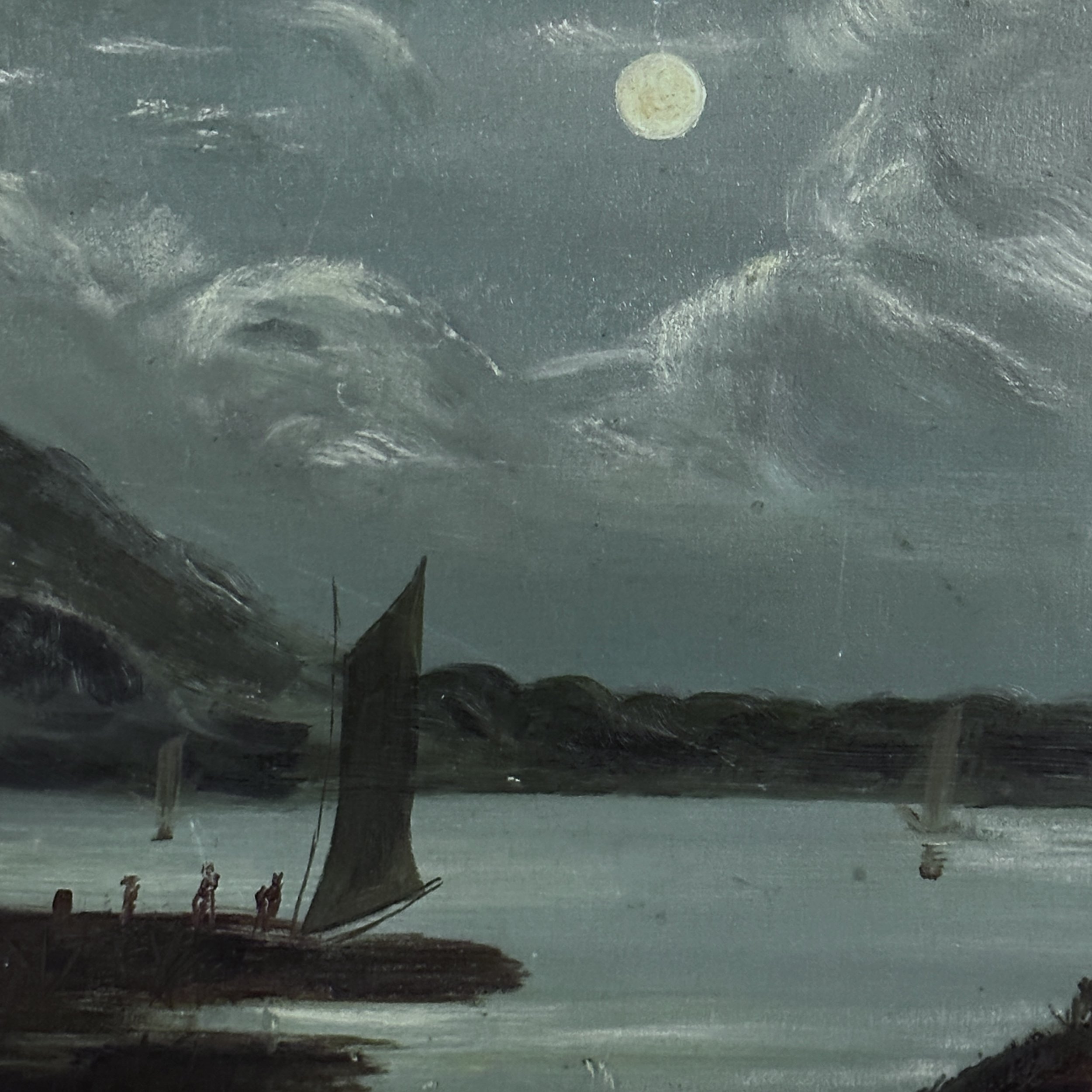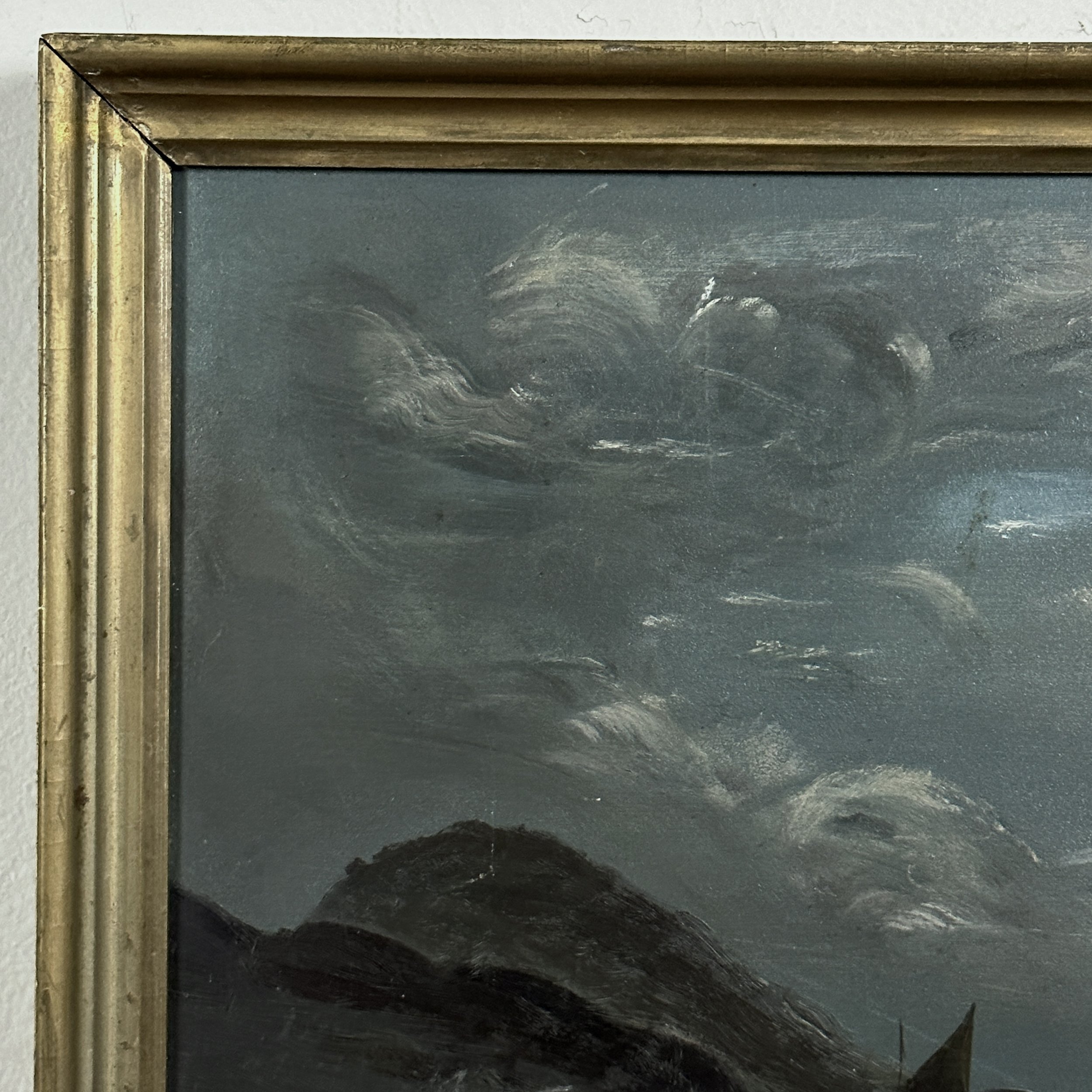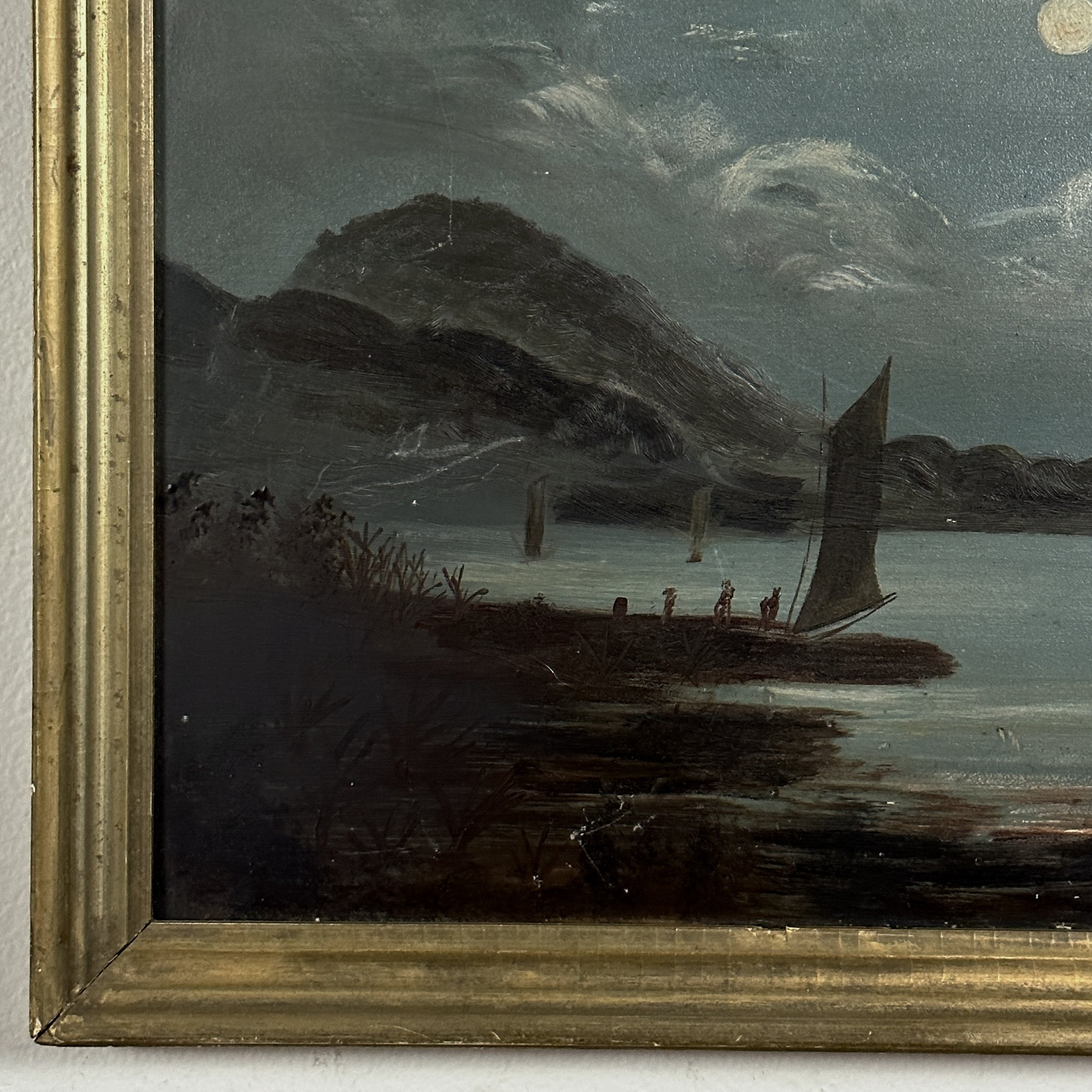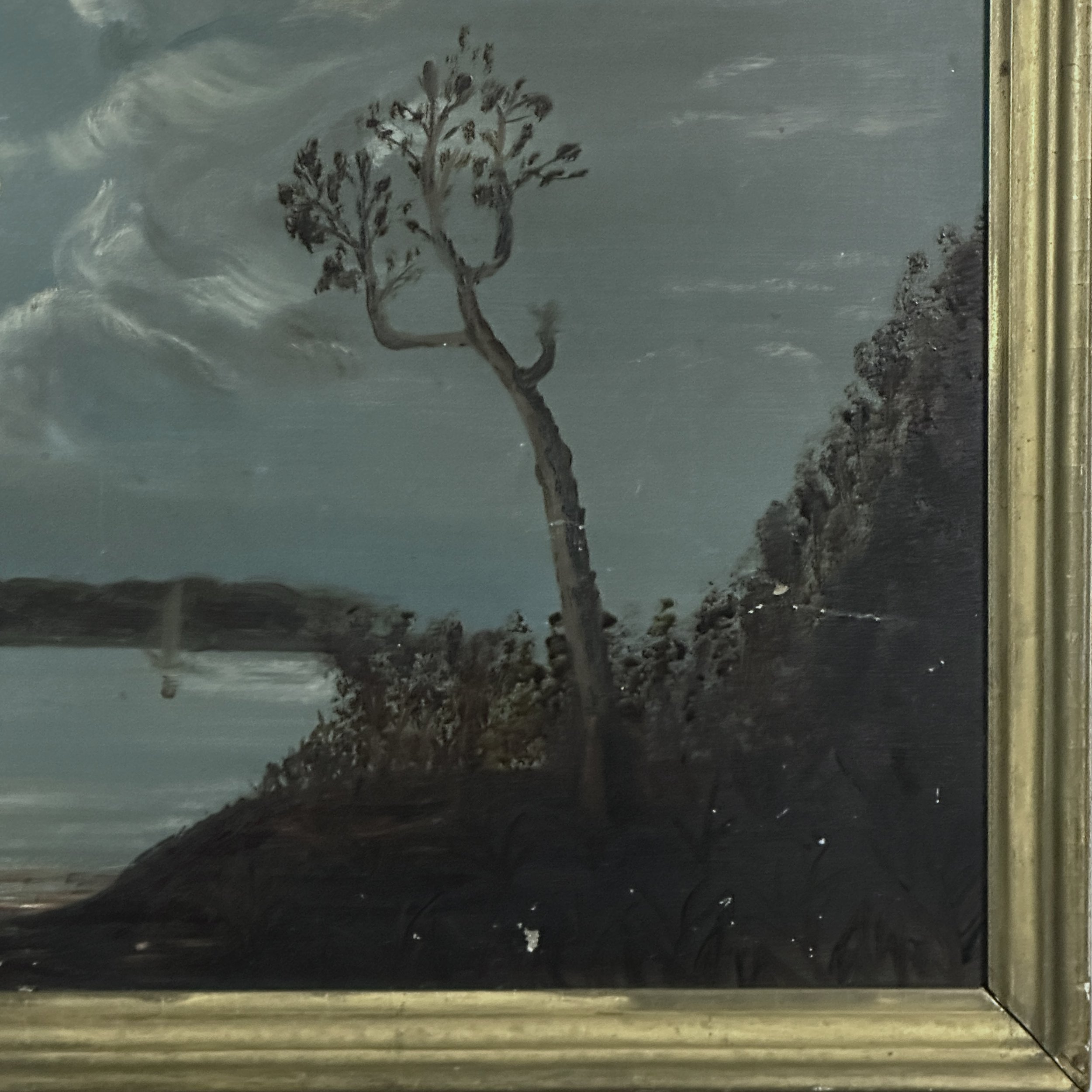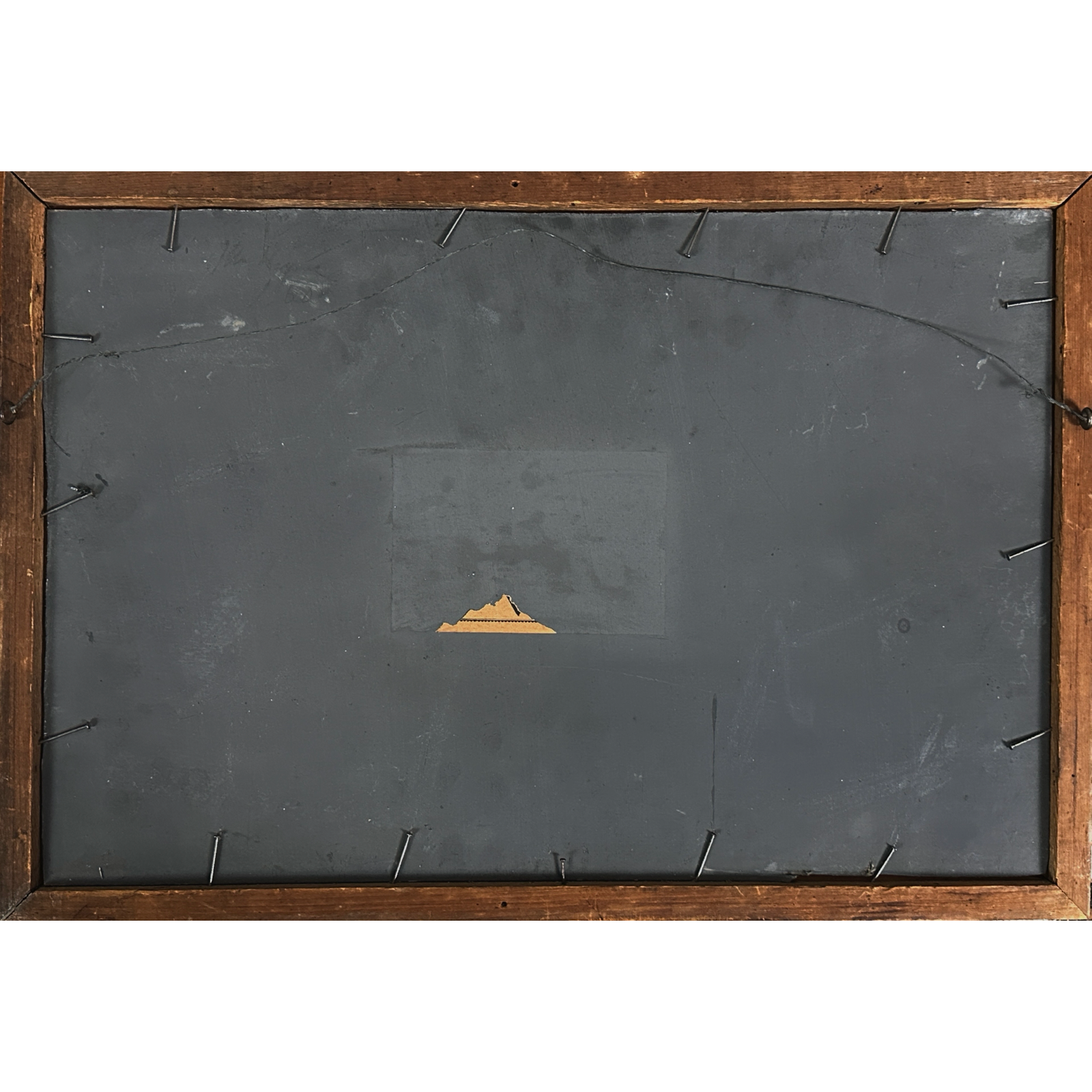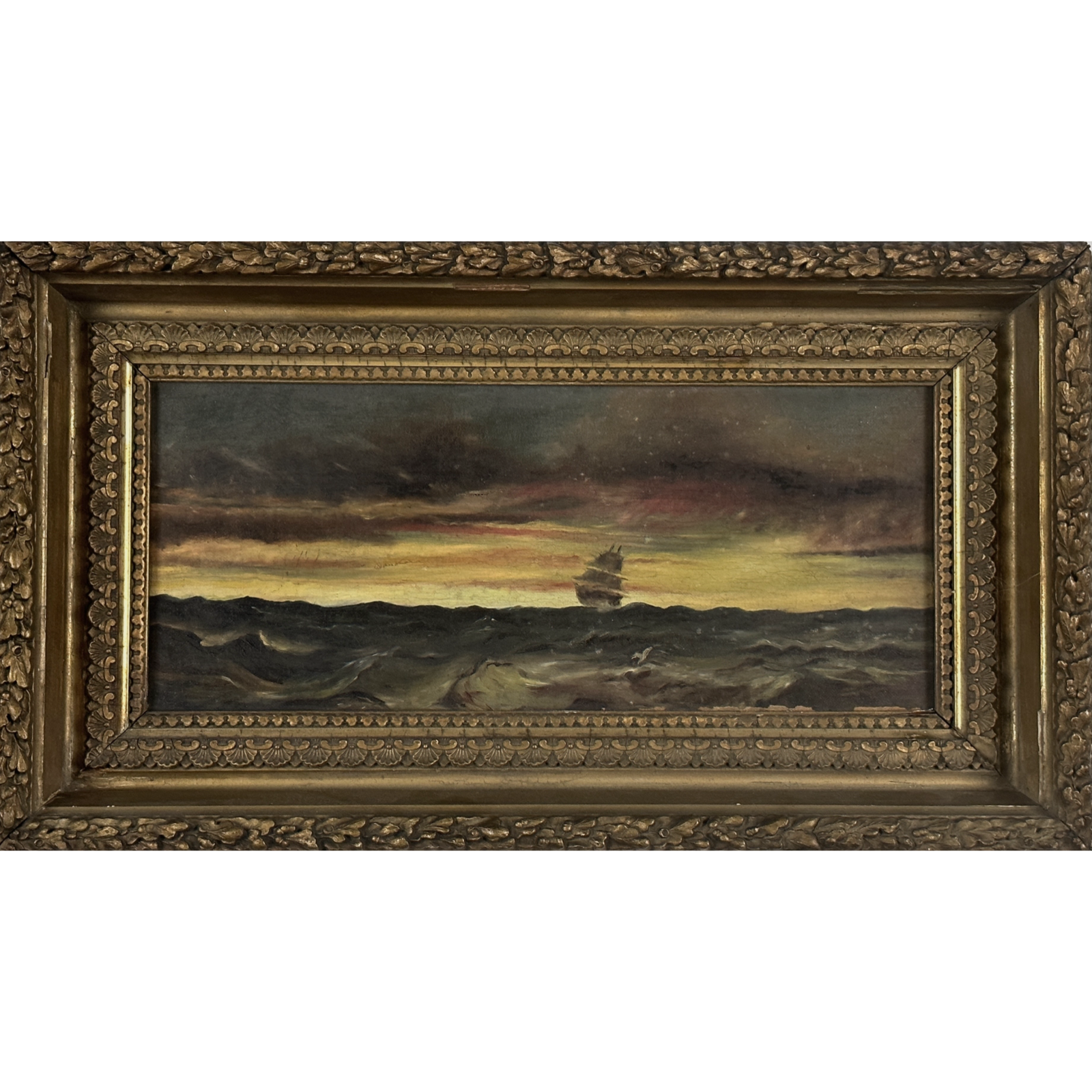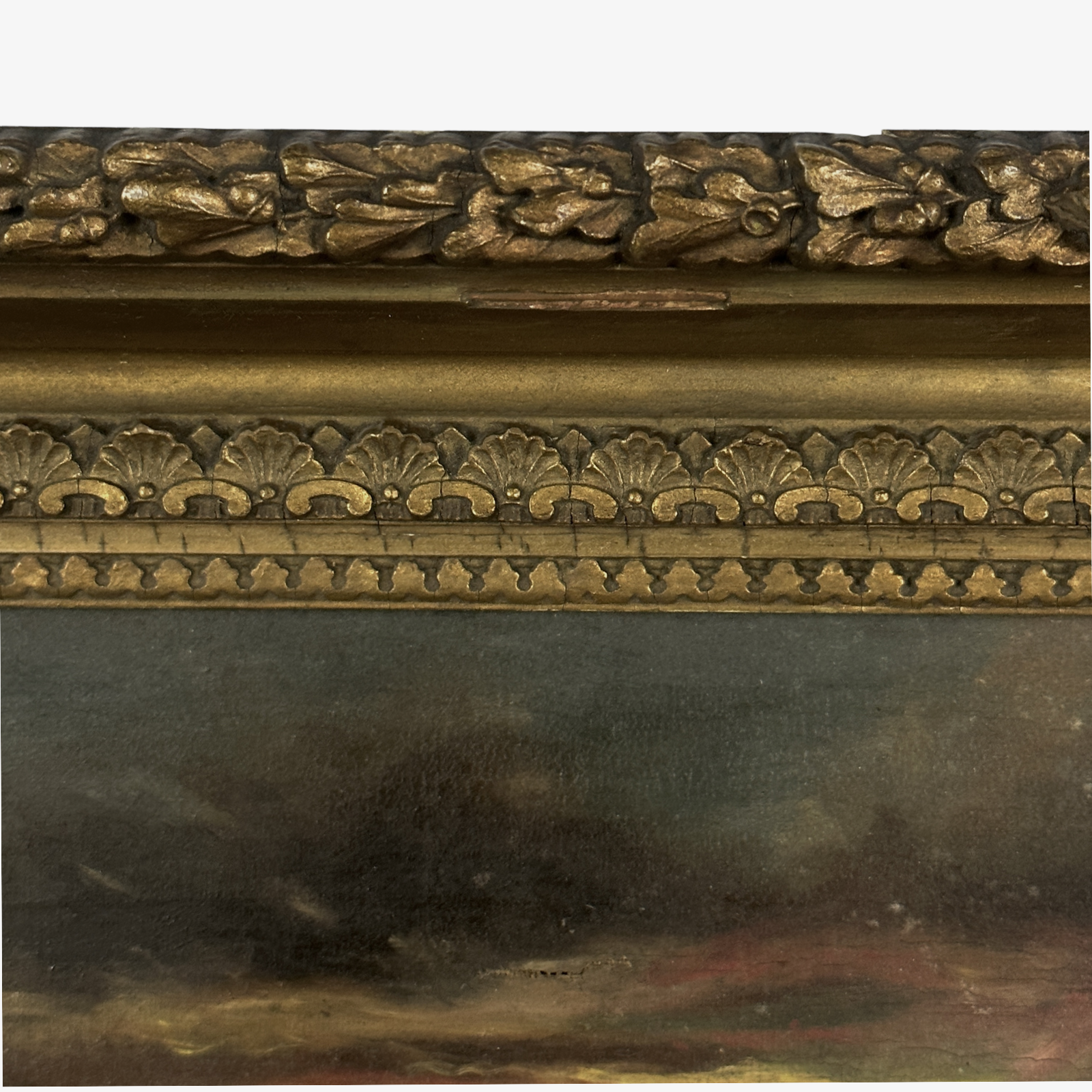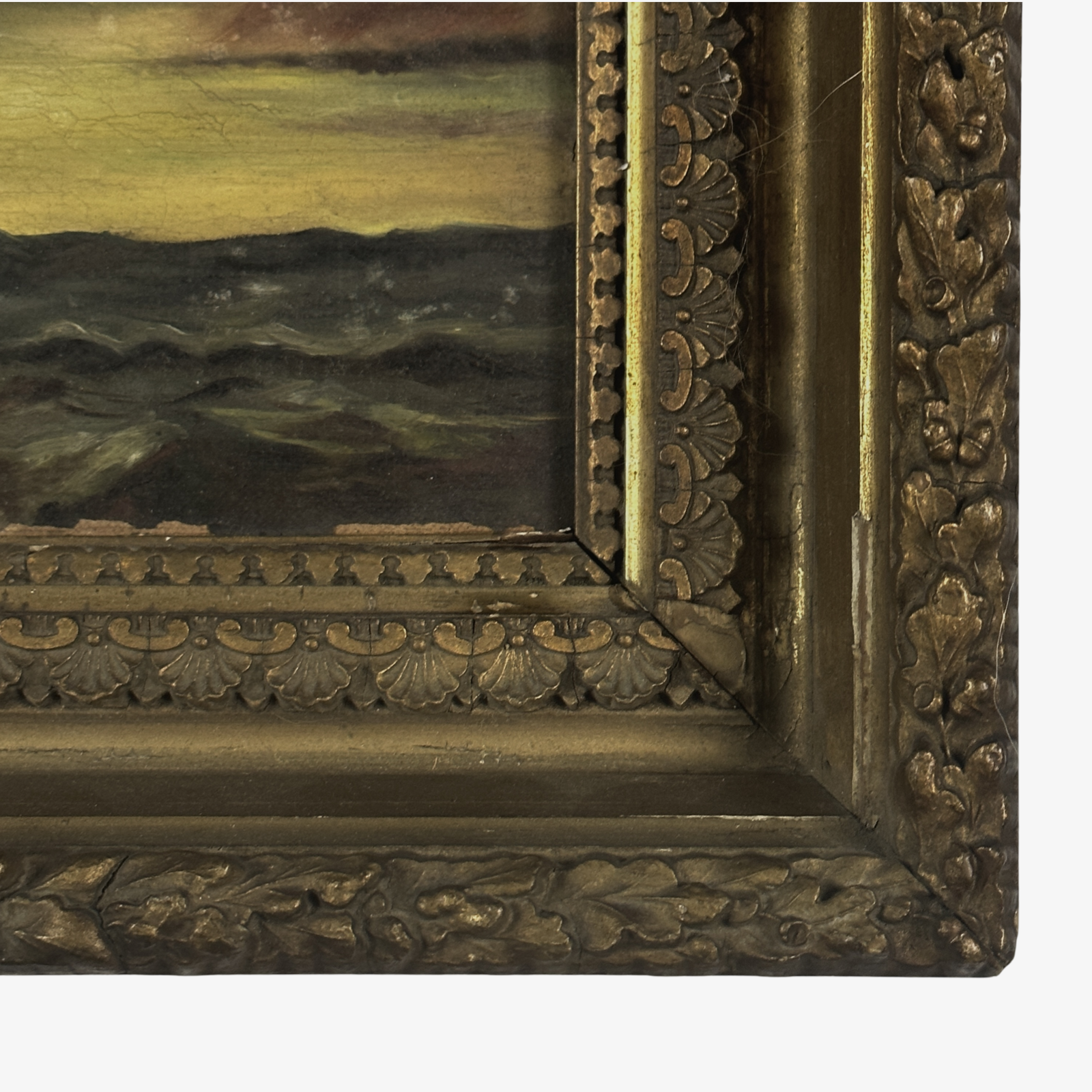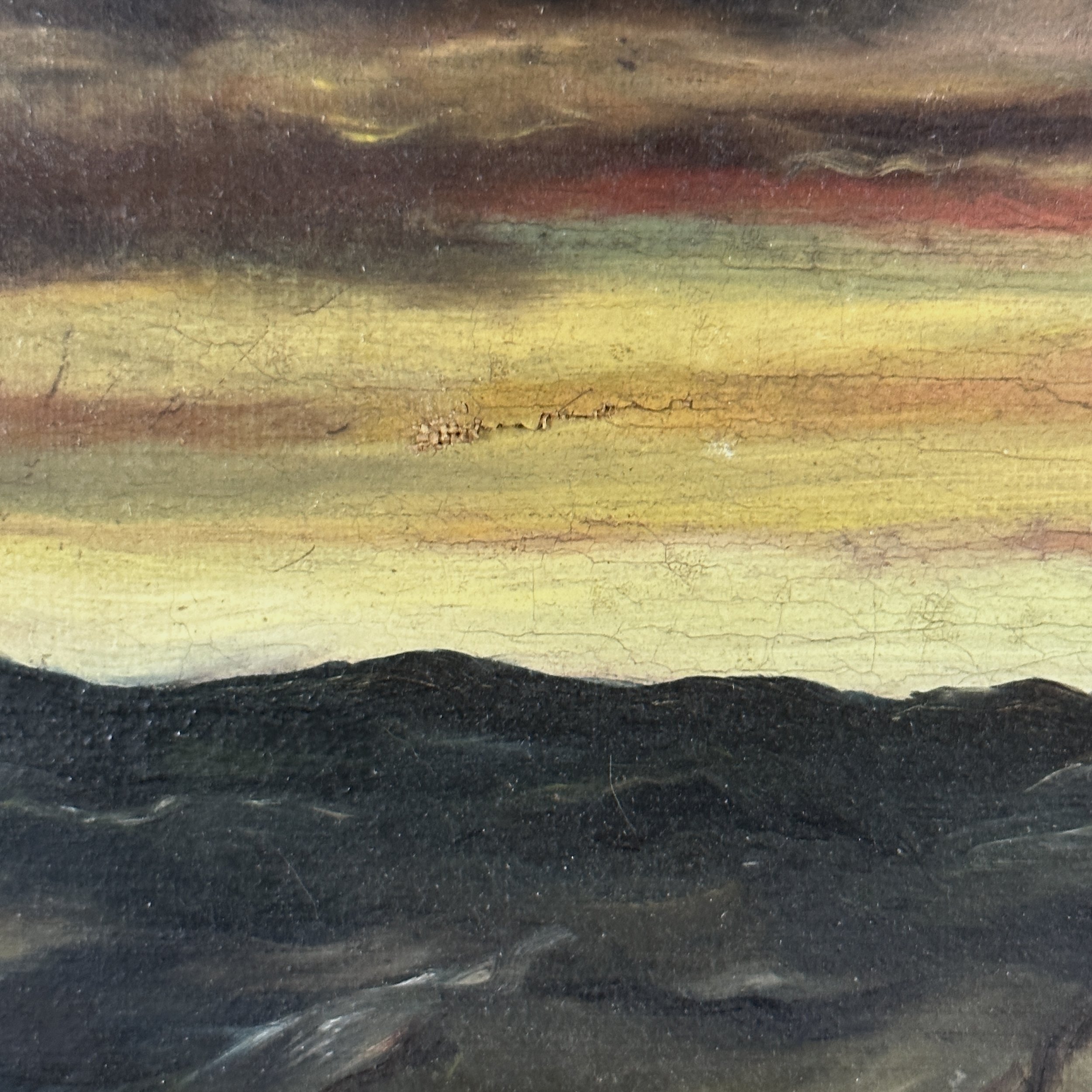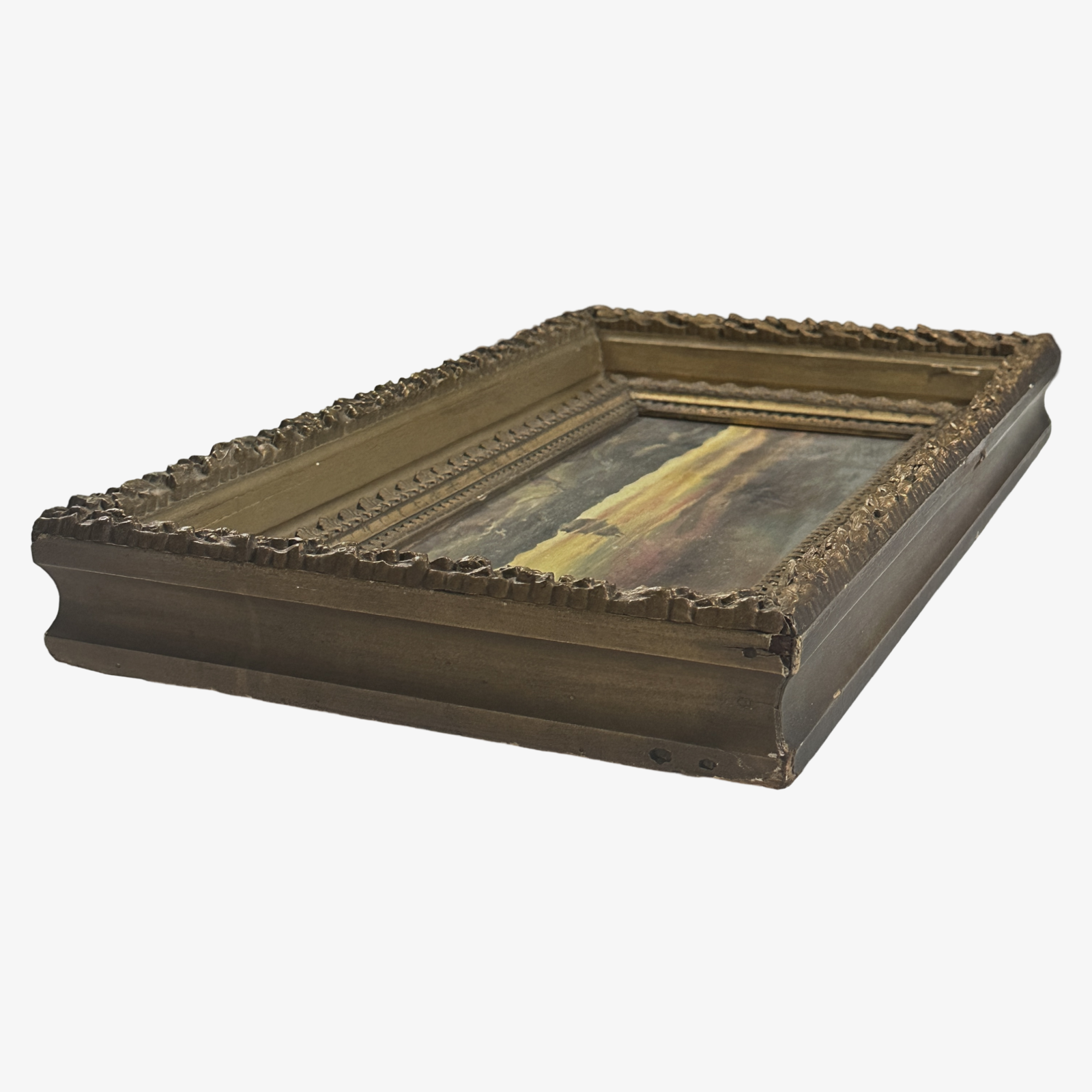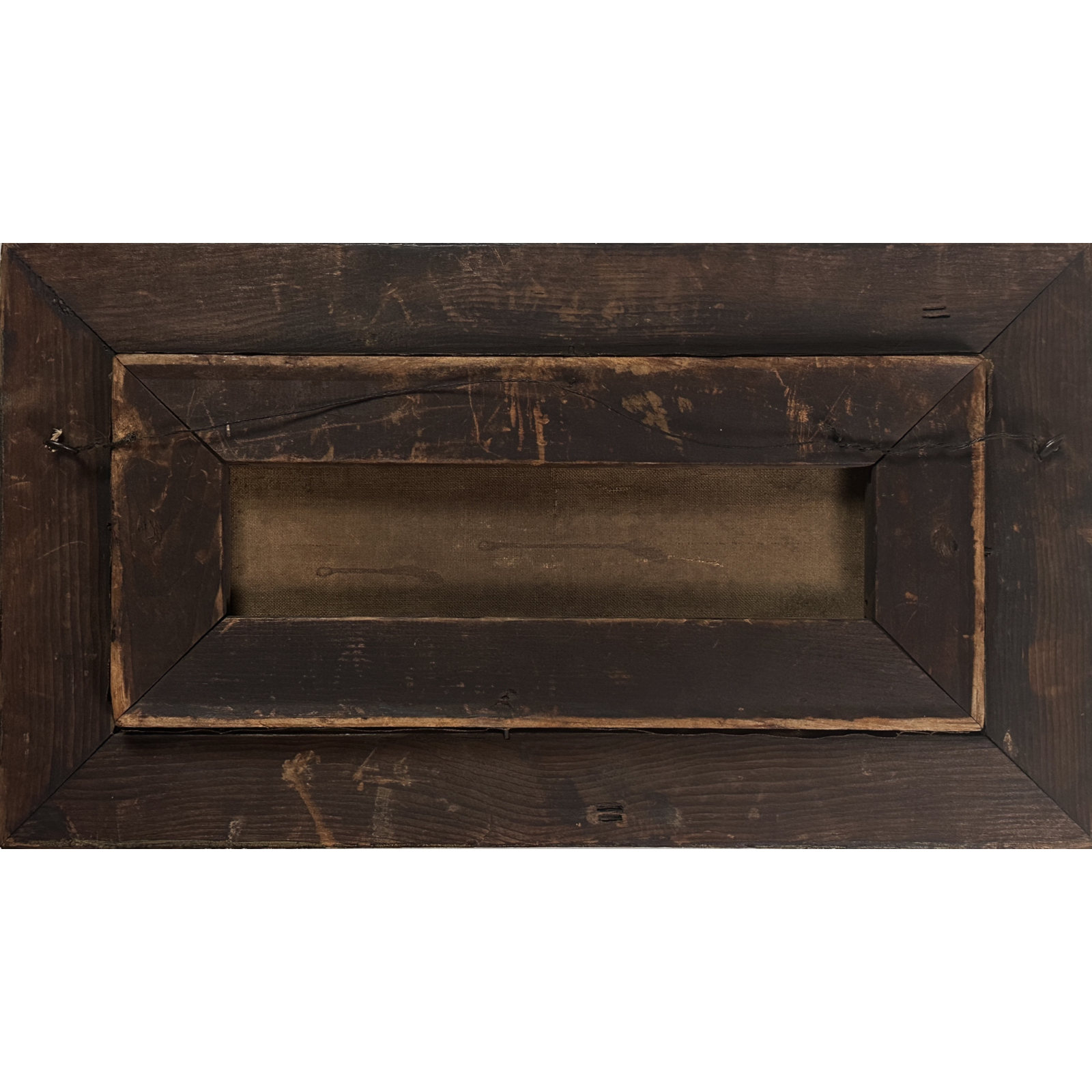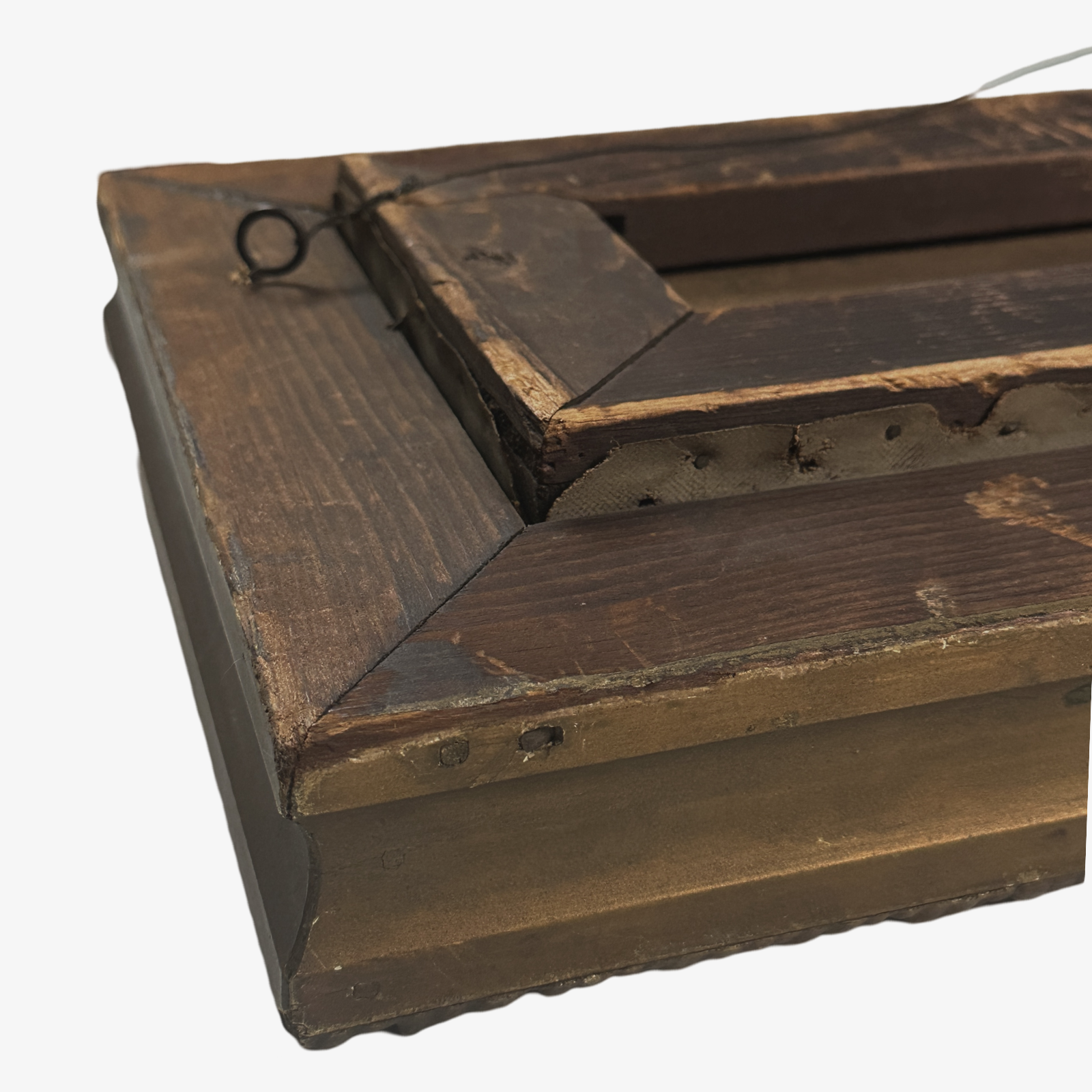 Image 1 of 12
Image 1 of 12

 Image 2 of 12
Image 2 of 12

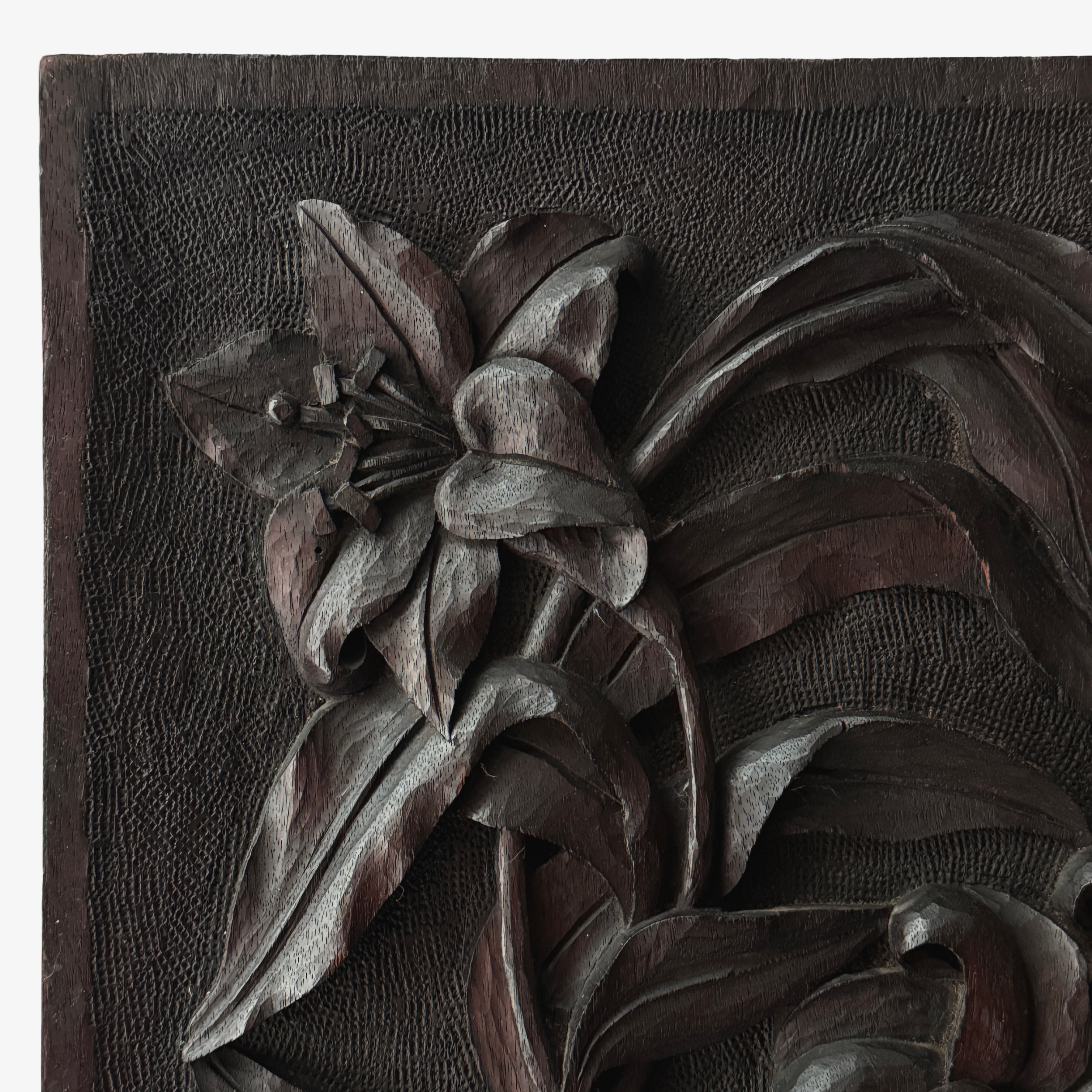 Image 3 of 12
Image 3 of 12

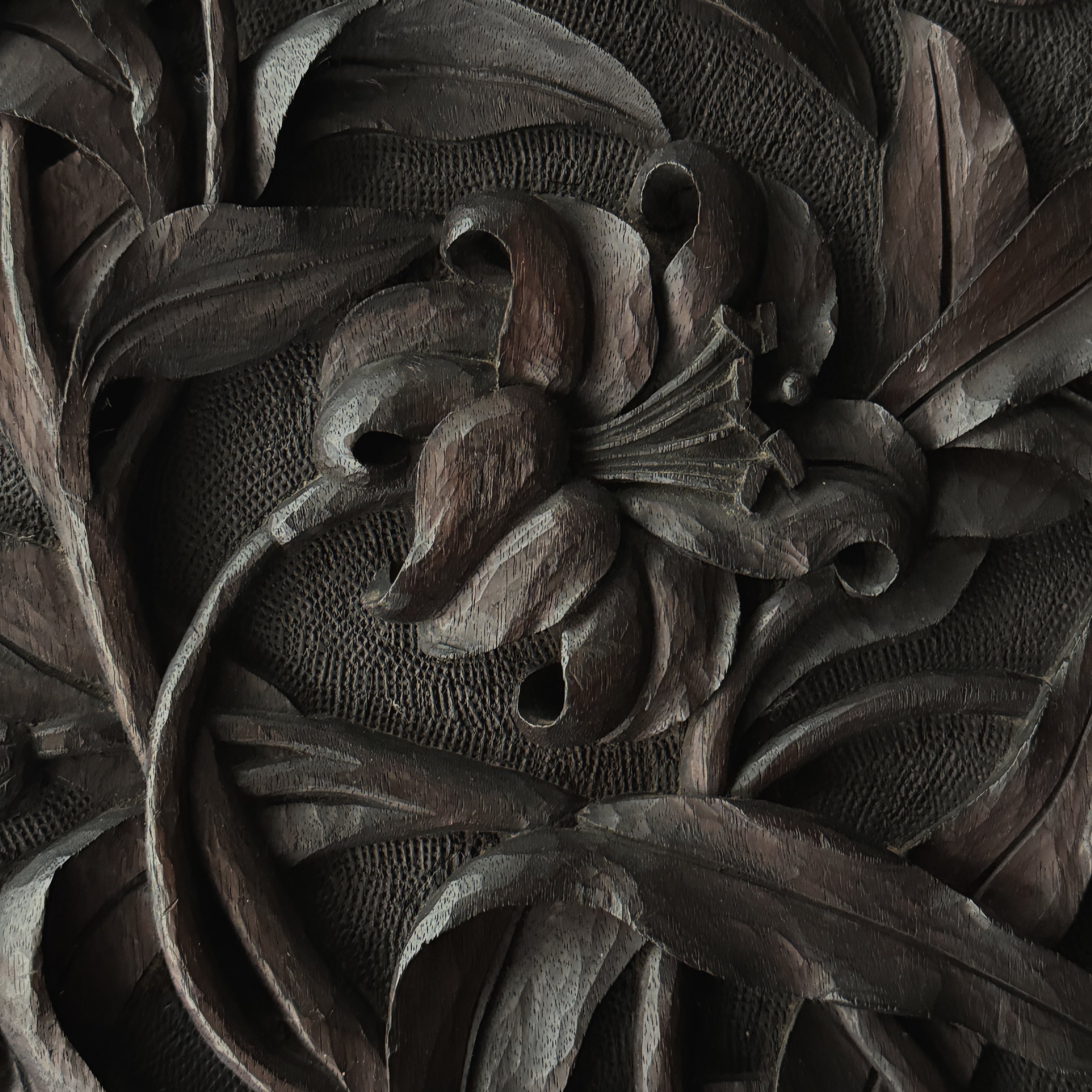 Image 4 of 12
Image 4 of 12

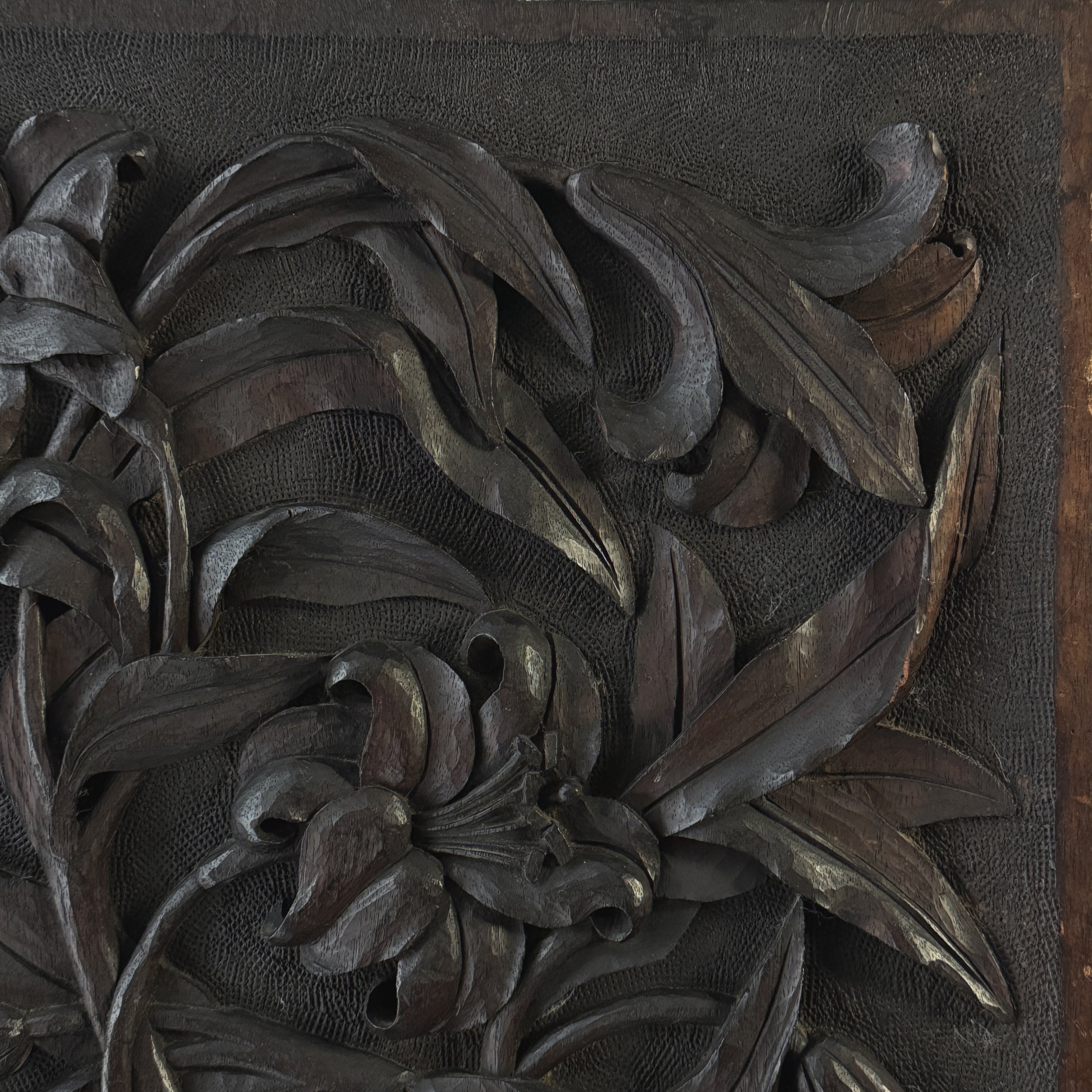 Image 5 of 12
Image 5 of 12

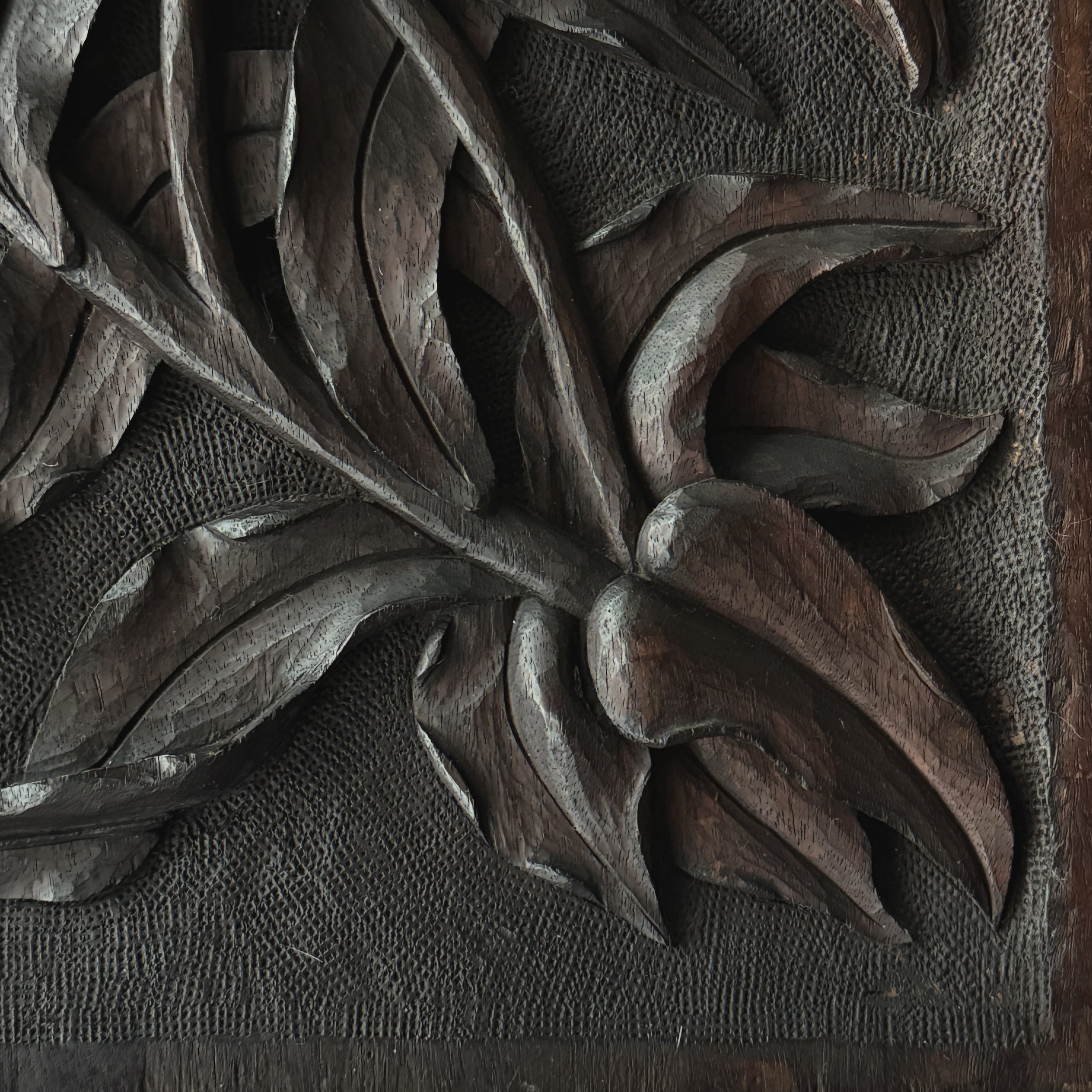 Image 6 of 12
Image 6 of 12

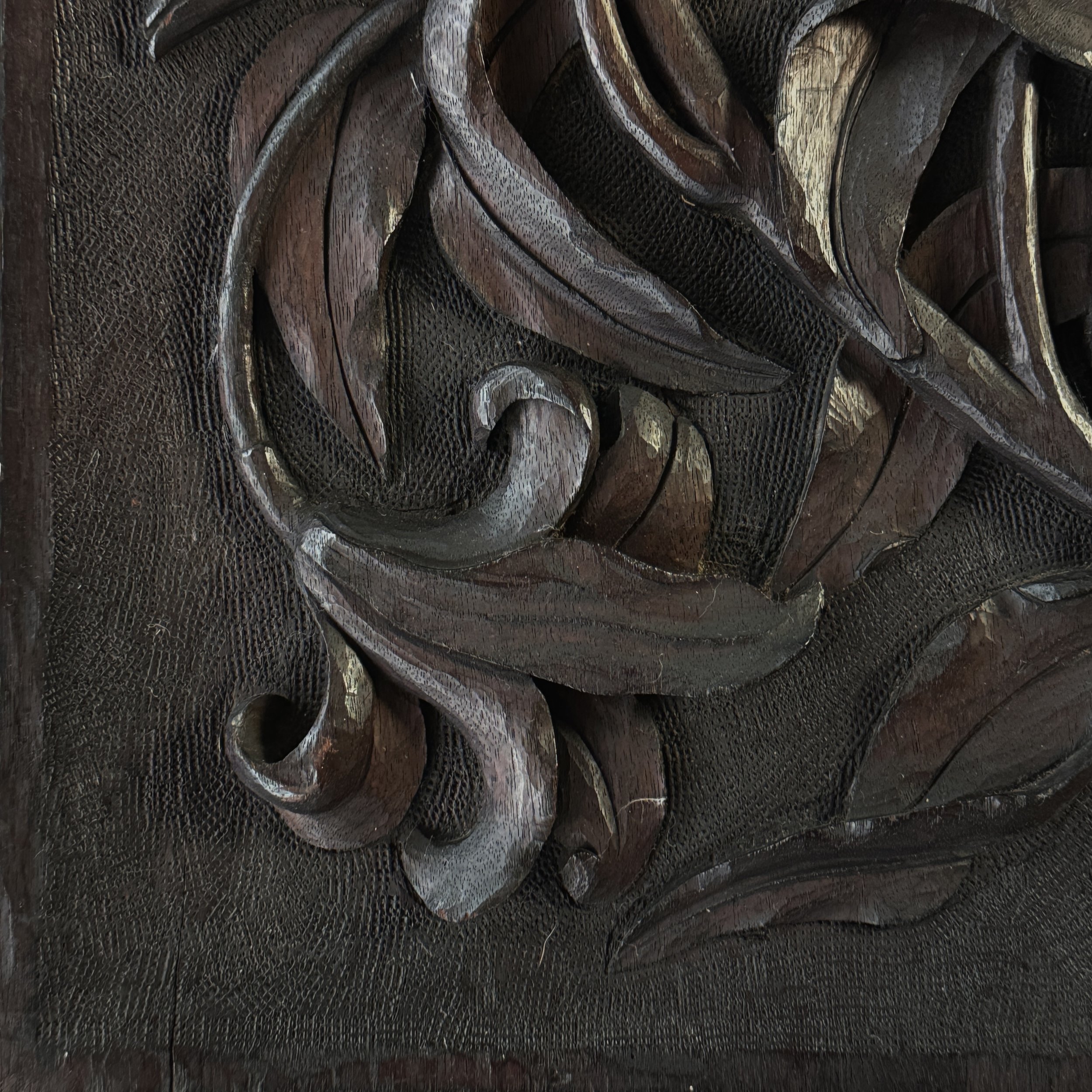 Image 7 of 12
Image 7 of 12

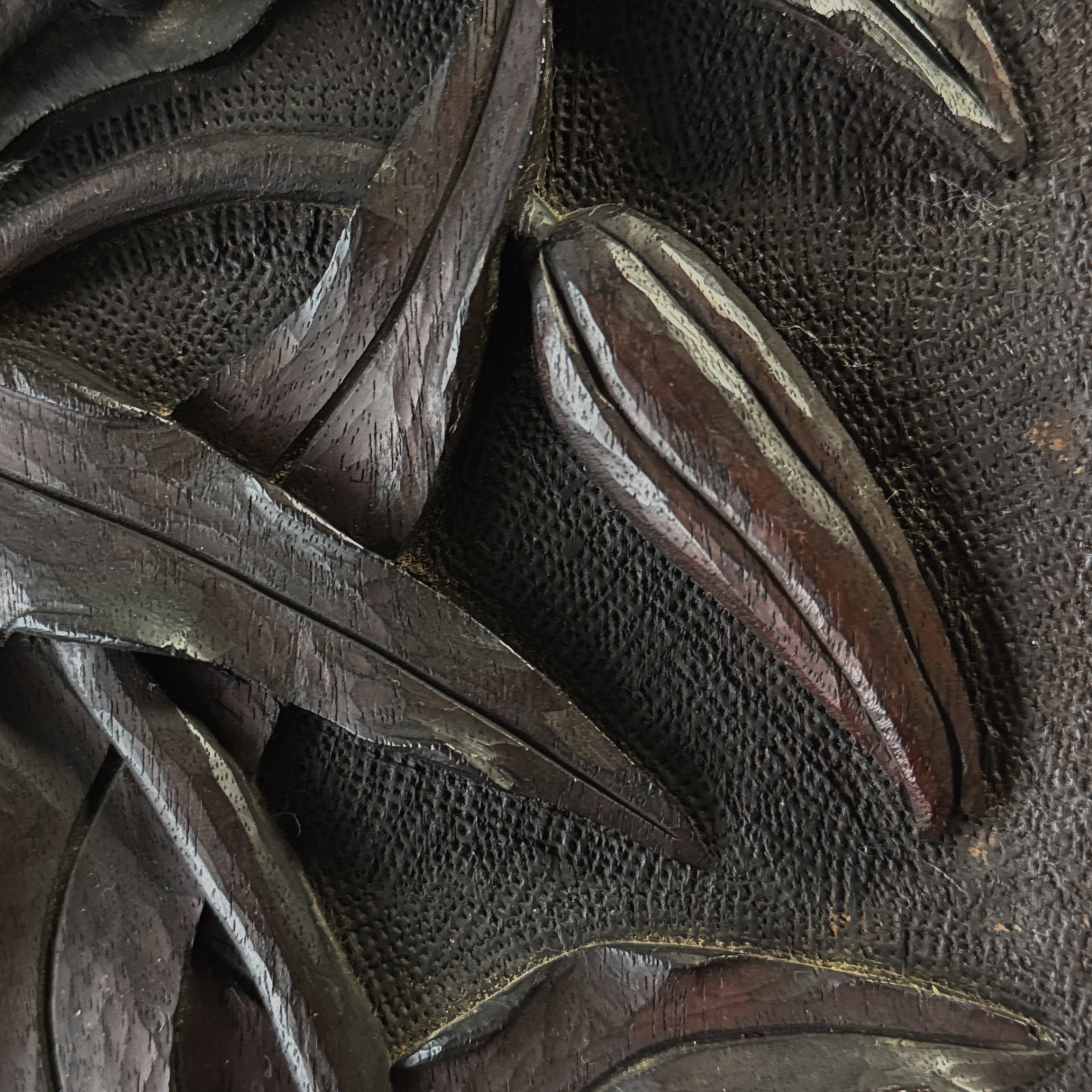 Image 8 of 12
Image 8 of 12

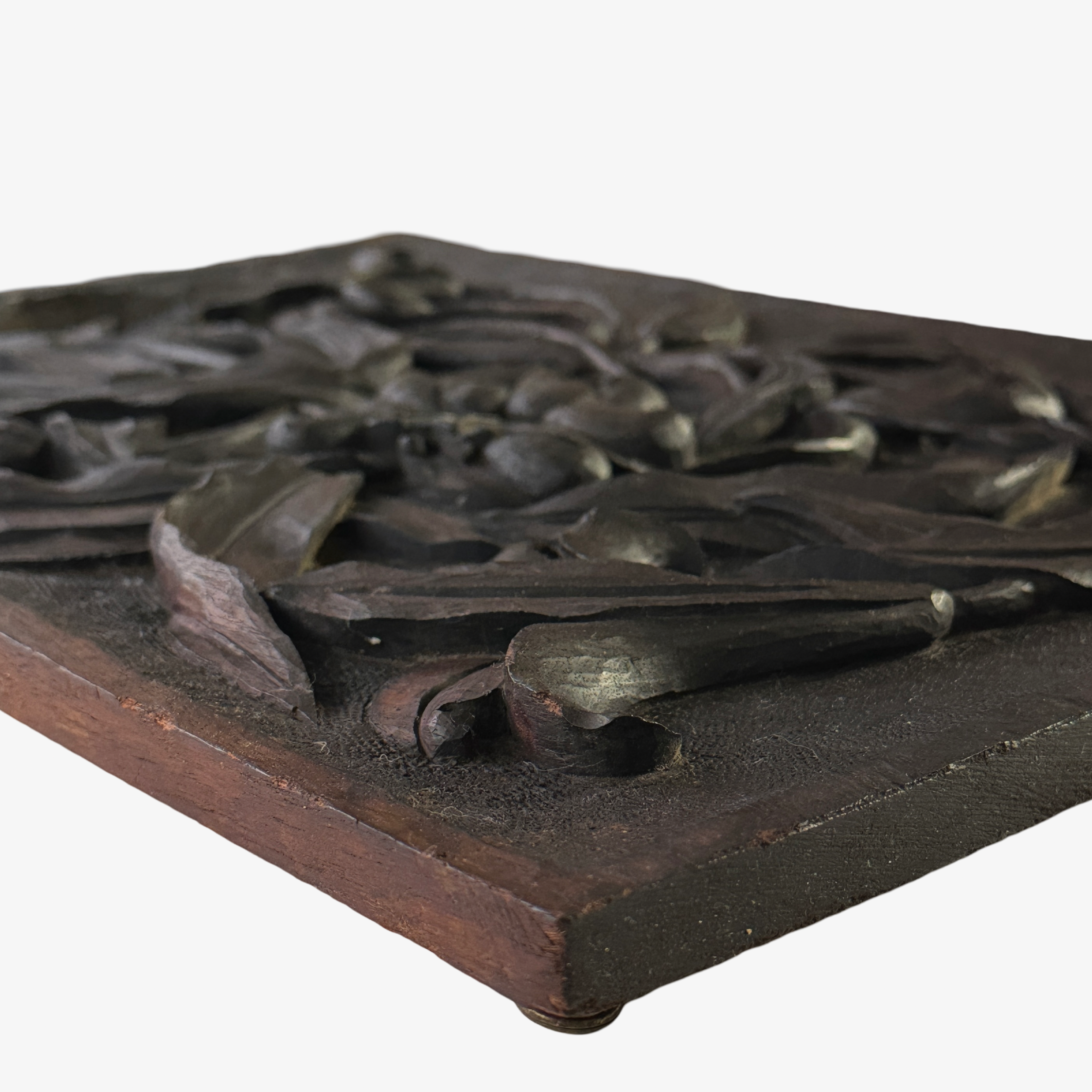 Image 9 of 12
Image 9 of 12

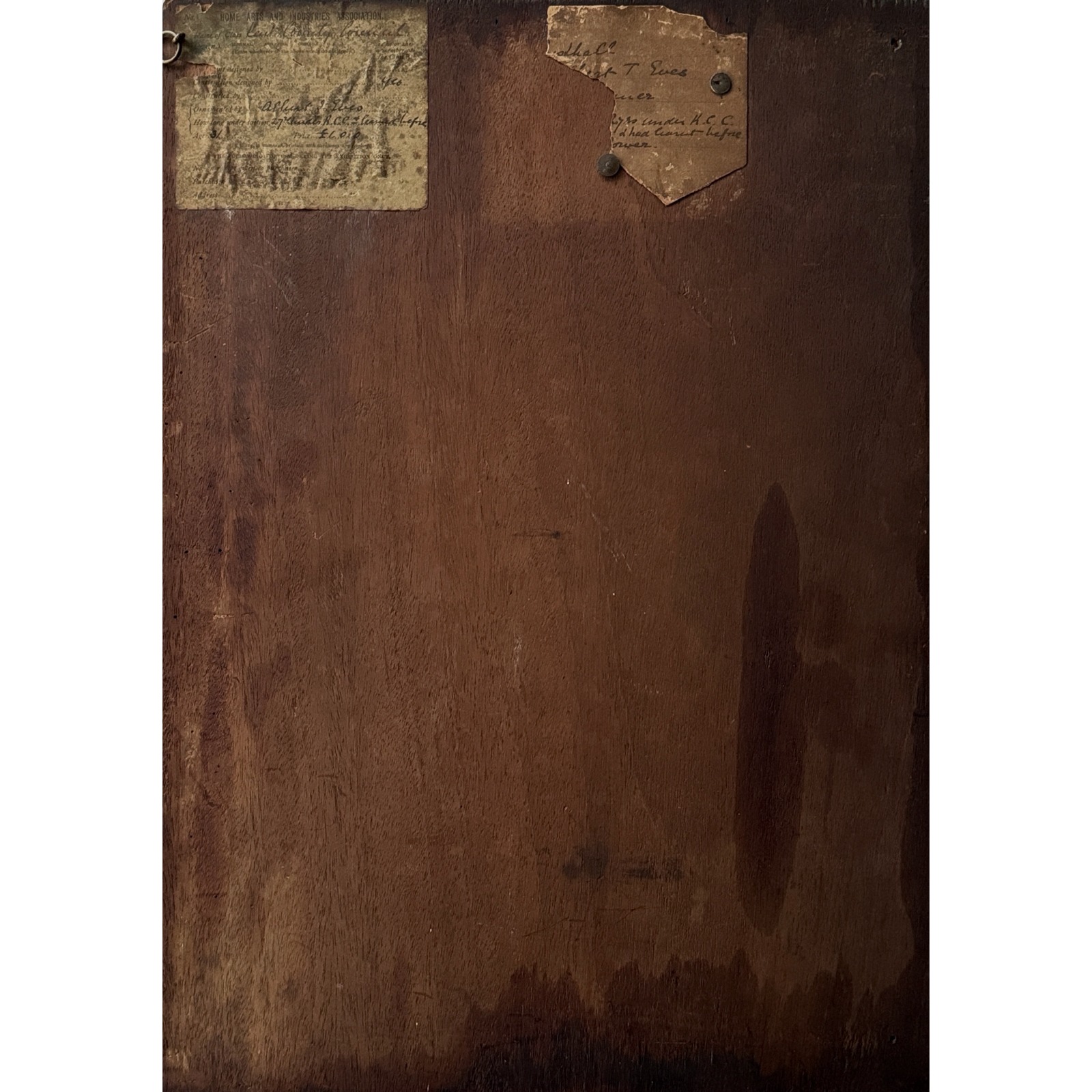 Image 10 of 12
Image 10 of 12

 Image 11 of 12
Image 11 of 12

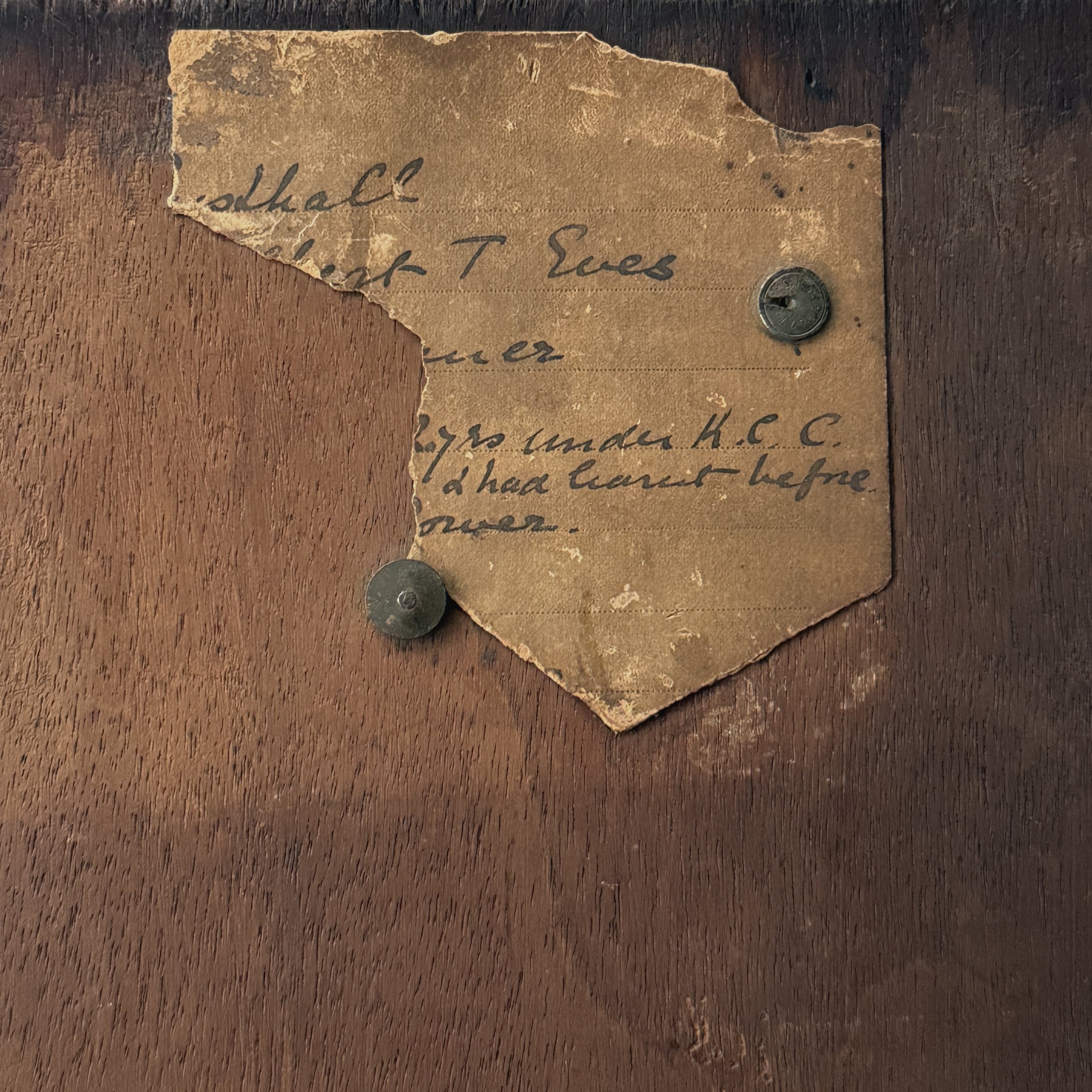 Image 12 of 12
Image 12 of 12













Antique 19th Century Arts and Crafts Hand Carved Bas-Relief Panel of Daylilies, Signed
Antique hand carved wood panel of daylilies. Hand carved wood panel with an intricate stipple background. A Home and Arts Industries Association tag en verso identifies the piece to be by Albert Eves. In good condition with wear consistent with age.
Size: 18.25 x 13 in
Provenance: private art collector in Palermo, Sicily
The Home Arts and Industries Association (HAIA), founded in 1884 by Eglantyne Louisa Jebb, was an organization in England that sought to revive and promote traditional crafts and rural industries during a time of rapid industrialization. The HAIA was deeply rooted in the ideals of the Arts and Crafts Movement, which emphasized the value of handmade goods, skilled craftsmanship, and the preservation of cultural heritage. The association aimed to empower rural communities by providing training, resources, and platforms for artisans to showcase their work, thereby sustaining local economies and traditions.
The HAIA organized annual exhibitions, most notably at the Royal Albert Hall in London, where artisans from across the country could display their creations. These exhibitions attracted widespread attention and helped to elevate the status of handicrafts, drawing support from influential figures in the arts and society. Among its notable members and supporters was William Morris, the iconic designer, poet, and socialist, who was a leading figure in the Arts and Crafts Movement. Morris’s advocacy for traditional craftsmanship and his disdain for industrial mass-production aligned closely with the HAIA’s mission.
Another prominent figure associated with the HAIA was Gertrude Jekyll, the renowned garden designer and craftswoman. Jekyll was a passionate advocate for rural arts and contributed to the association’s efforts to promote handmade textiles, metalwork, and woodcarving. Her work helped to bridge the gap between art and practical craftsmanship, embodying the HAIA’s ethos.
The HAIA also played a crucial role in nurturing emerging talent and providing opportunities for women and rural workers to develop their skills. It supported a wide range of crafts, including pottery, embroidery, lace-making, and furniture-making, and its influence extended beyond England, inspiring similar movements across Europe and North America.
Although the Home Arts and Industries Association disbanded in the early 20th century, its legacy endures as a champion of traditional arts and a model for community-driven cultural preservation.
Antique hand carved wood panel of daylilies. Hand carved wood panel with an intricate stipple background. A Home and Arts Industries Association tag en verso identifies the piece to be by Albert Eves. In good condition with wear consistent with age.
Size: 18.25 x 13 in
Provenance: private art collector in Palermo, Sicily
The Home Arts and Industries Association (HAIA), founded in 1884 by Eglantyne Louisa Jebb, was an organization in England that sought to revive and promote traditional crafts and rural industries during a time of rapid industrialization. The HAIA was deeply rooted in the ideals of the Arts and Crafts Movement, which emphasized the value of handmade goods, skilled craftsmanship, and the preservation of cultural heritage. The association aimed to empower rural communities by providing training, resources, and platforms for artisans to showcase their work, thereby sustaining local economies and traditions.
The HAIA organized annual exhibitions, most notably at the Royal Albert Hall in London, where artisans from across the country could display their creations. These exhibitions attracted widespread attention and helped to elevate the status of handicrafts, drawing support from influential figures in the arts and society. Among its notable members and supporters was William Morris, the iconic designer, poet, and socialist, who was a leading figure in the Arts and Crafts Movement. Morris’s advocacy for traditional craftsmanship and his disdain for industrial mass-production aligned closely with the HAIA’s mission.
Another prominent figure associated with the HAIA was Gertrude Jekyll, the renowned garden designer and craftswoman. Jekyll was a passionate advocate for rural arts and contributed to the association’s efforts to promote handmade textiles, metalwork, and woodcarving. Her work helped to bridge the gap between art and practical craftsmanship, embodying the HAIA’s ethos.
The HAIA also played a crucial role in nurturing emerging talent and providing opportunities for women and rural workers to develop their skills. It supported a wide range of crafts, including pottery, embroidery, lace-making, and furniture-making, and its influence extended beyond England, inspiring similar movements across Europe and North America.
Although the Home Arts and Industries Association disbanded in the early 20th century, its legacy endures as a champion of traditional arts and a model for community-driven cultural preservation.
Antique hand carved wood panel of daylilies. Hand carved wood panel with an intricate stipple background. A Home and Arts Industries Association tag en verso identifies the piece to be by Albert Eves. In good condition with wear consistent with age.
Size: 18.25 x 13 in
Provenance: private art collector in Palermo, Sicily
The Home Arts and Industries Association (HAIA), founded in 1884 by Eglantyne Louisa Jebb, was an organization in England that sought to revive and promote traditional crafts and rural industries during a time of rapid industrialization. The HAIA was deeply rooted in the ideals of the Arts and Crafts Movement, which emphasized the value of handmade goods, skilled craftsmanship, and the preservation of cultural heritage. The association aimed to empower rural communities by providing training, resources, and platforms for artisans to showcase their work, thereby sustaining local economies and traditions.
The HAIA organized annual exhibitions, most notably at the Royal Albert Hall in London, where artisans from across the country could display their creations. These exhibitions attracted widespread attention and helped to elevate the status of handicrafts, drawing support from influential figures in the arts and society. Among its notable members and supporters was William Morris, the iconic designer, poet, and socialist, who was a leading figure in the Arts and Crafts Movement. Morris’s advocacy for traditional craftsmanship and his disdain for industrial mass-production aligned closely with the HAIA’s mission.
Another prominent figure associated with the HAIA was Gertrude Jekyll, the renowned garden designer and craftswoman. Jekyll was a passionate advocate for rural arts and contributed to the association’s efforts to promote handmade textiles, metalwork, and woodcarving. Her work helped to bridge the gap between art and practical craftsmanship, embodying the HAIA’s ethos.
The HAIA also played a crucial role in nurturing emerging talent and providing opportunities for women and rural workers to develop their skills. It supported a wide range of crafts, including pottery, embroidery, lace-making, and furniture-making, and its influence extended beyond England, inspiring similar movements across Europe and North America.
Although the Home Arts and Industries Association disbanded in the early 20th century, its legacy endures as a champion of traditional arts and a model for community-driven cultural preservation.

